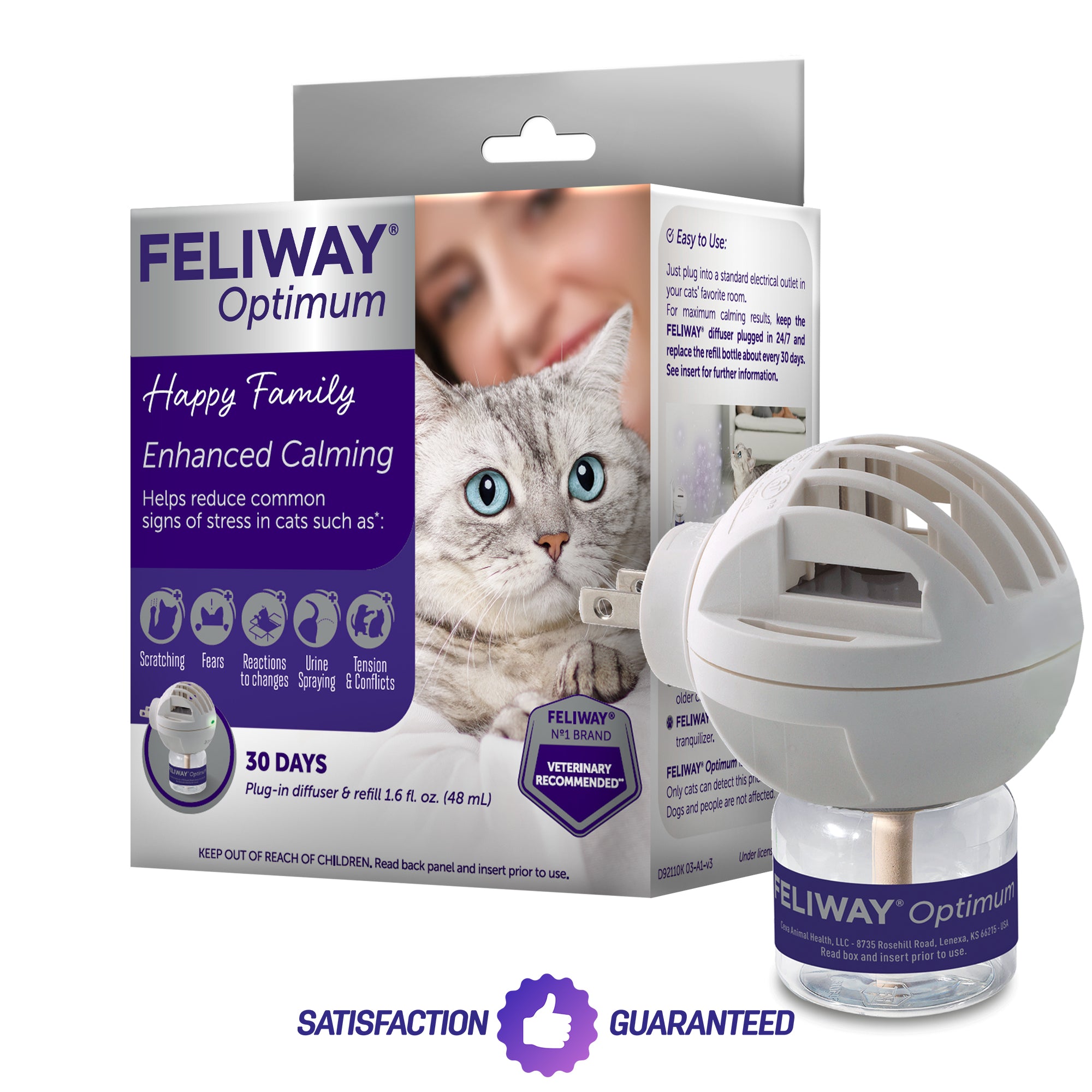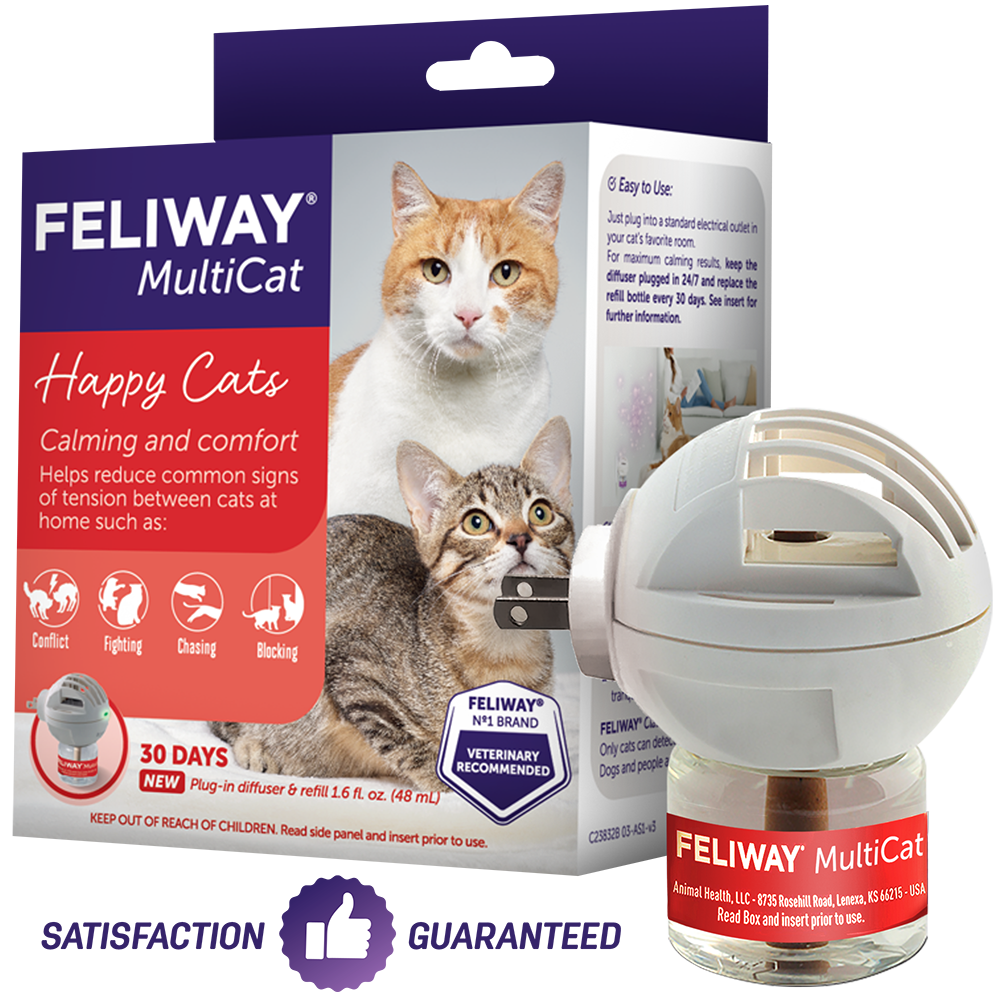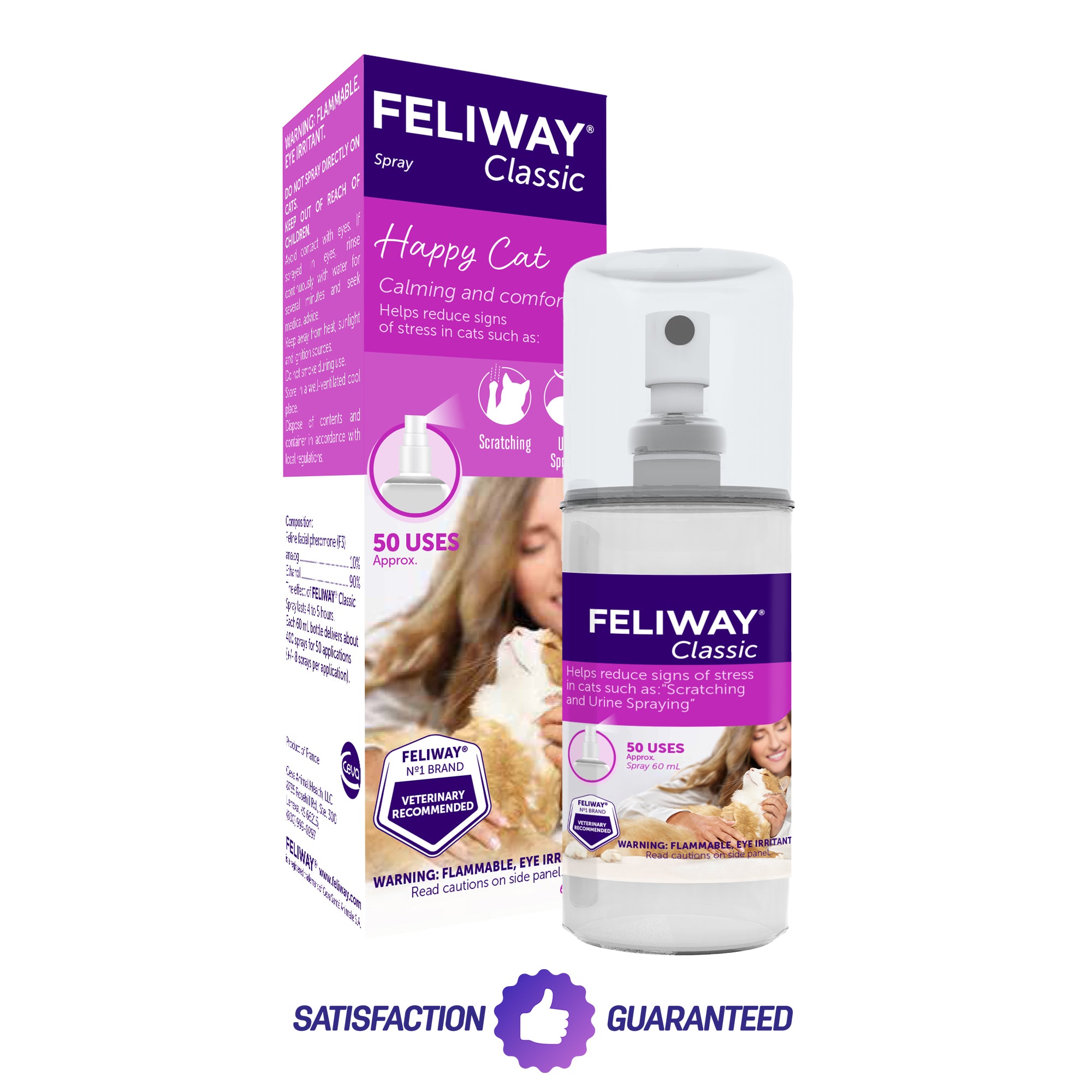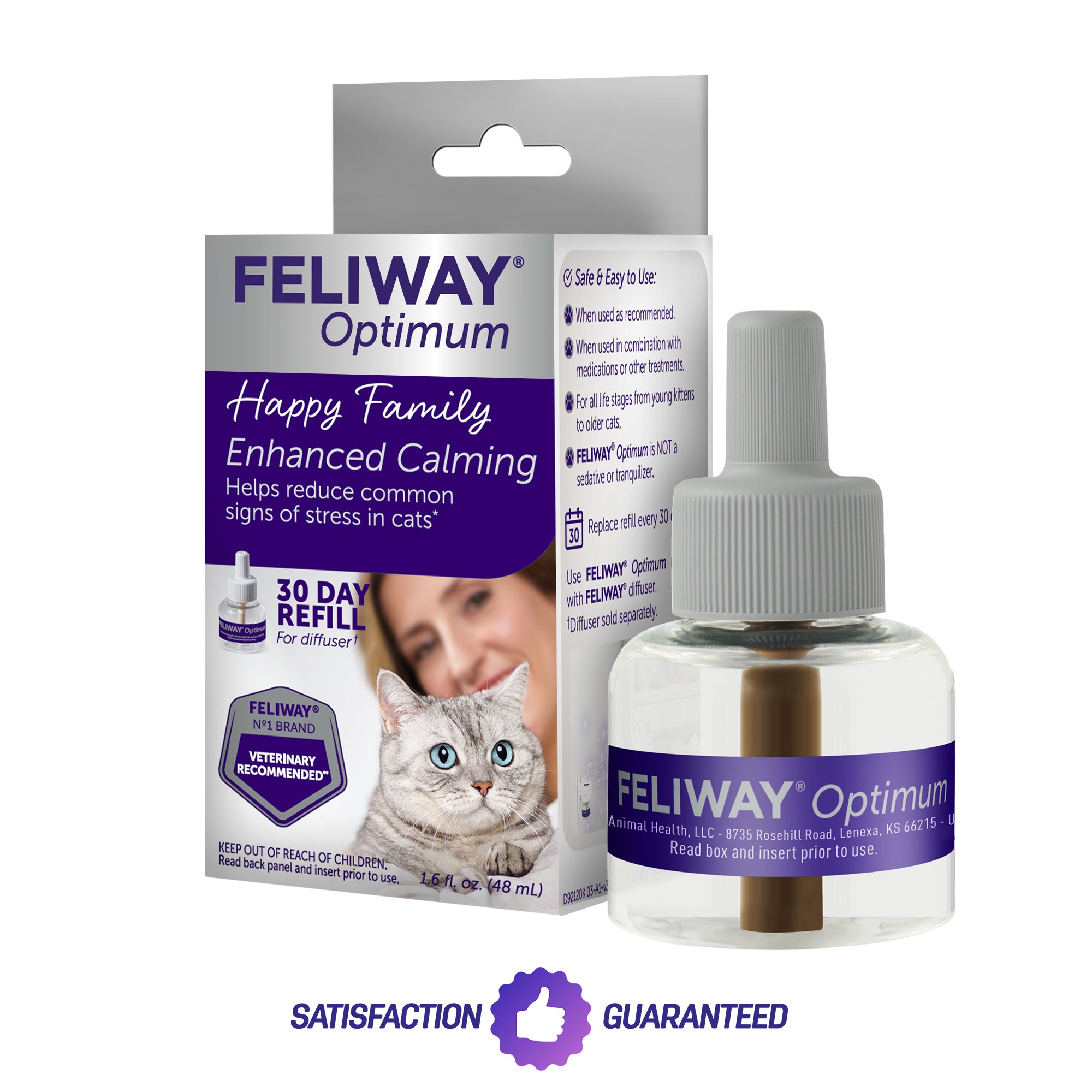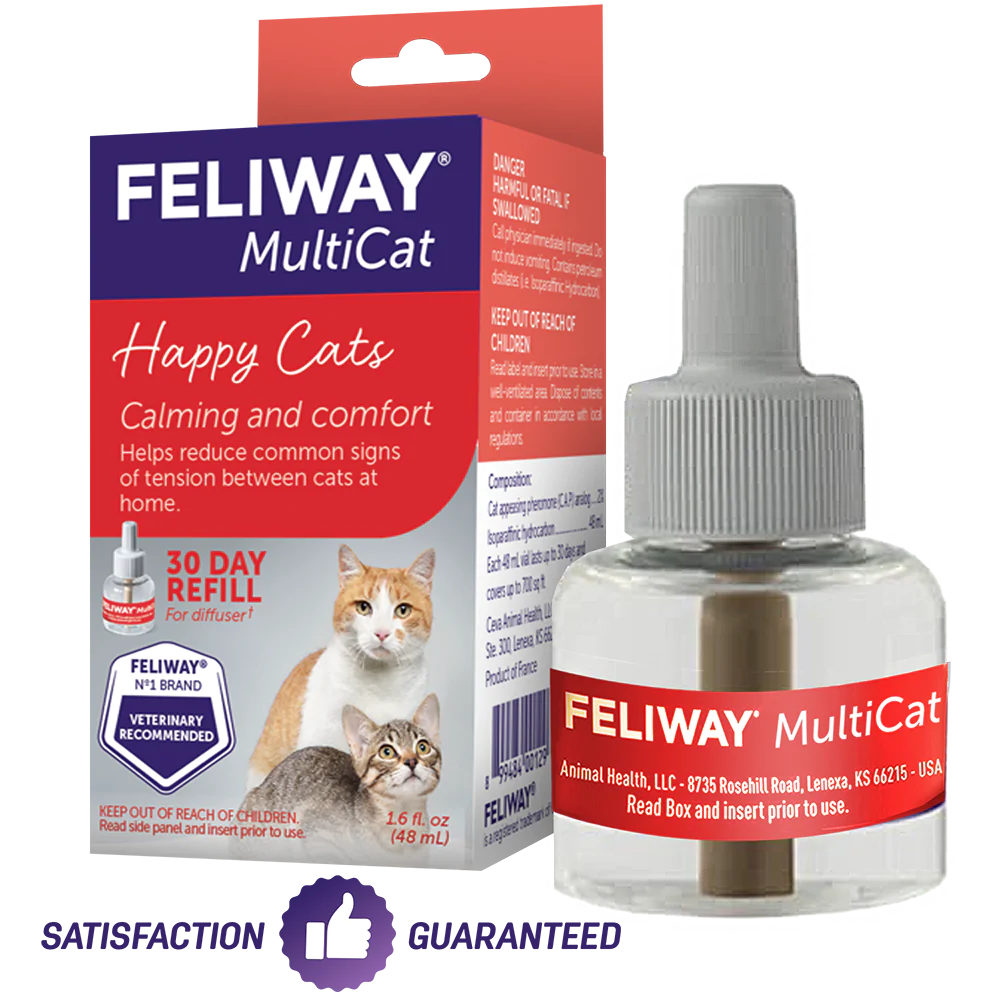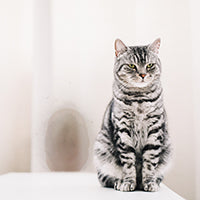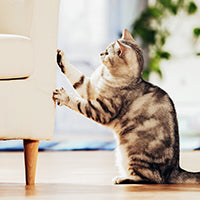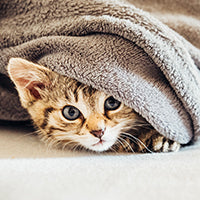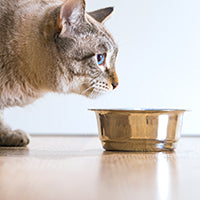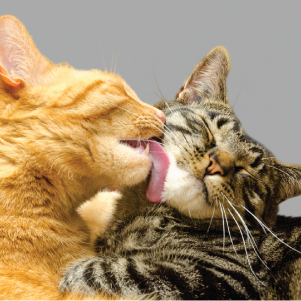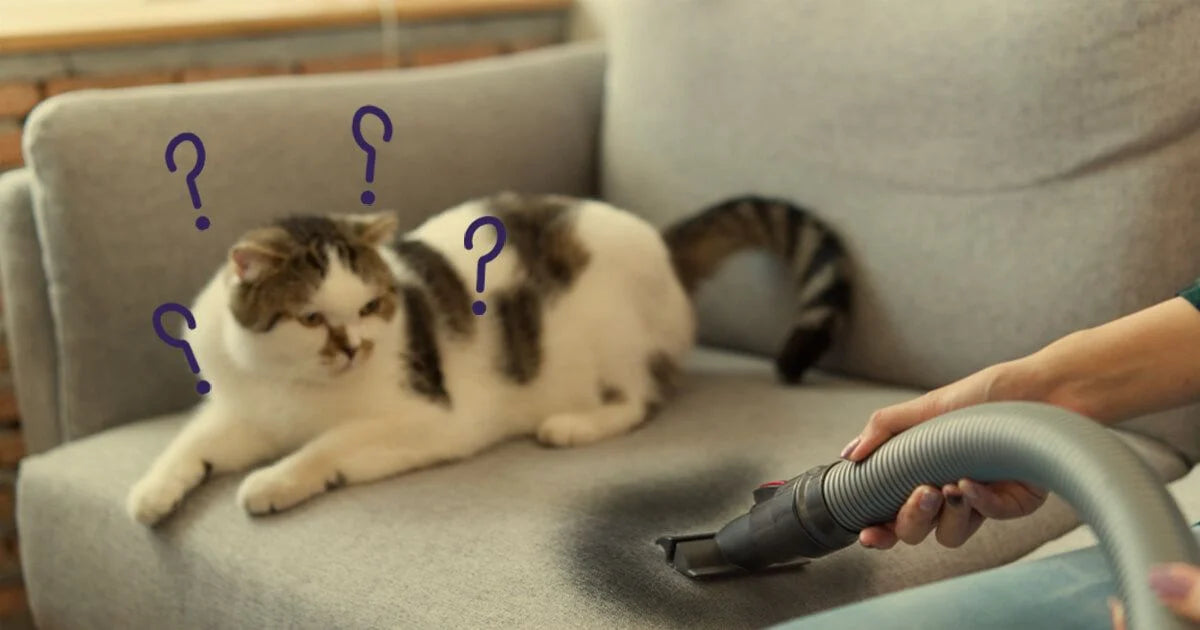
How To Get Rid Of A Cat Urine Smell: 6 Tips
What is that smell? Though we love our kitties, cat’s urine smell can be very unpleasant to human noses! If your furry friend has started to spray or urine mark outside of their litter box, it’s important to act quickly to remove the smell!
Your cat may spray for a number of reasons - they may feel a little insecure or be marking their territory. But, unfortunately, if you don’t manage to get rid of the smell immediately, your pet will likely return to repeat the action!
So what can you do to get rid of the cat spray smell and avoid a recurrence?
6 TIPS TO GET RID OF CAT Urine SMELL
1. Clean it quickly!
If you catch your cat in action, act fast! You can smell cat pee immediately after they have performed, but if you don’t clean it straight away, the urine smell will get more concentrated and be harder to remove.
Thoroughly clean the area by wiping it down with warm soapy water, or a mixture of alcohol and water. Use a clean towel to blot it dry, let it dry naturally or use a vacuum. Do this a few times if necessary until there’s no trace of the smell.
2. Try non-toxic, natural cleaners
If soapy water alone does not work, you can try using baking soda, which is a natural cleaning agent.
- Spread a few tablespoons of baking soda evenly over the spot - but not too much as excessive amounts can be more difficult to clean.
- Leave the baking soda on the spot for a few hours, or overnight if possible, and vacuum it up the next morning.
- Don’t worry if your cat is tempted to return to the spot, baking soda is non-toxic and won’t harm your cat.
- If your cat has sprayed on a machine washable item, first rinse it in cool water, add a cup of baking soda into the machine, along with your normal detergent, and wash as normal.
3. Use an enzyme-neutralizing cleaner
An enzyme-neutralizing cleaner helps to break down molecules in cat urine, helping to get rid of the smell at the same time.
- First, use water to dilute the area where your cat has peed. If you didn’t manage to get to the mark quick enough, you may need to repeat this a few times!
- Try not to get the area too wet as this might cause the stain to spread.
- Dab with a towel to soak up the water. You may find your towel starts to take on some of the odour. This is good as it means the treatment is working! Keep changing the towel and continue to dilute the stain.
- Apply the enzyme-neutralizing cleaner when you have finished diluting the affected area and ensure you apply enough to saturate it.
- Leave the cleaner on the area for 10-15 minutes (or as directed), then blot well and leave to dry naturally. Do not apply heat to the area.
- Prevent your cat from returning to the scene, by covering it over lightly with an upturned box - still allowing natural air to get to it.
An enzyme-neutralizing cleaner can also be added to a washing machine cycle (if the item that has been sprayed, is machine washable, of course!).
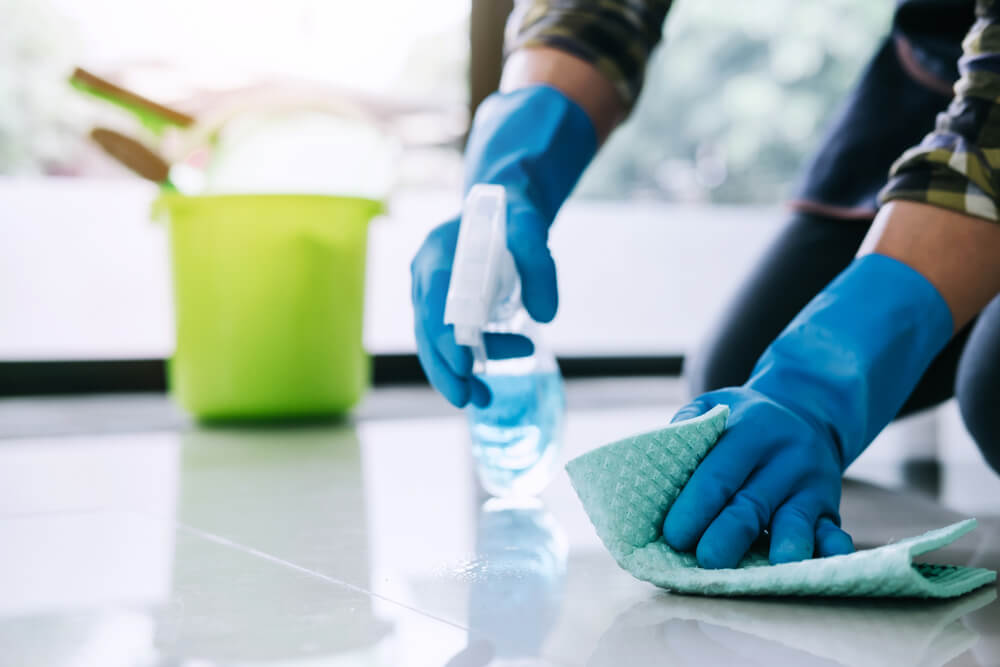
4. Clean and repeat!
If you find that your cleaning efforts have not worked totally, you may need to repeat the process. This may be the case if your cat has peed on thick carpets, for example. However it’s worth repeating to make sure all of the scent is gone!
5. Air the room
Once you have cleaned the area, allow as much air as possible into the room. Scented candles or an air freshener can also help to make the room more pleasant to live in while the smell disappears completely!
6. Things to Avoid!
Don’t be tempted to use bleach! Ammonia-based or bleach cleaners can smell like cat pee (to a cat!) so they may mistake it for their own pee, and be attracted for a repeat performance!
It’s also not advisable to use your steam cleaner to clear the smell. The heat from the cleaner can set the stain into your furniture or floor, and make it much harder to remove.
PREVENT RECURRENCE
Once you’ve cleaned a particular area, prevent a recurrence by spraying FELIWAY Optimum Spray in the areas that your cat has previously sprayed. This encourages calm, comfortable behaviors and avoids repeat urine spraying.
